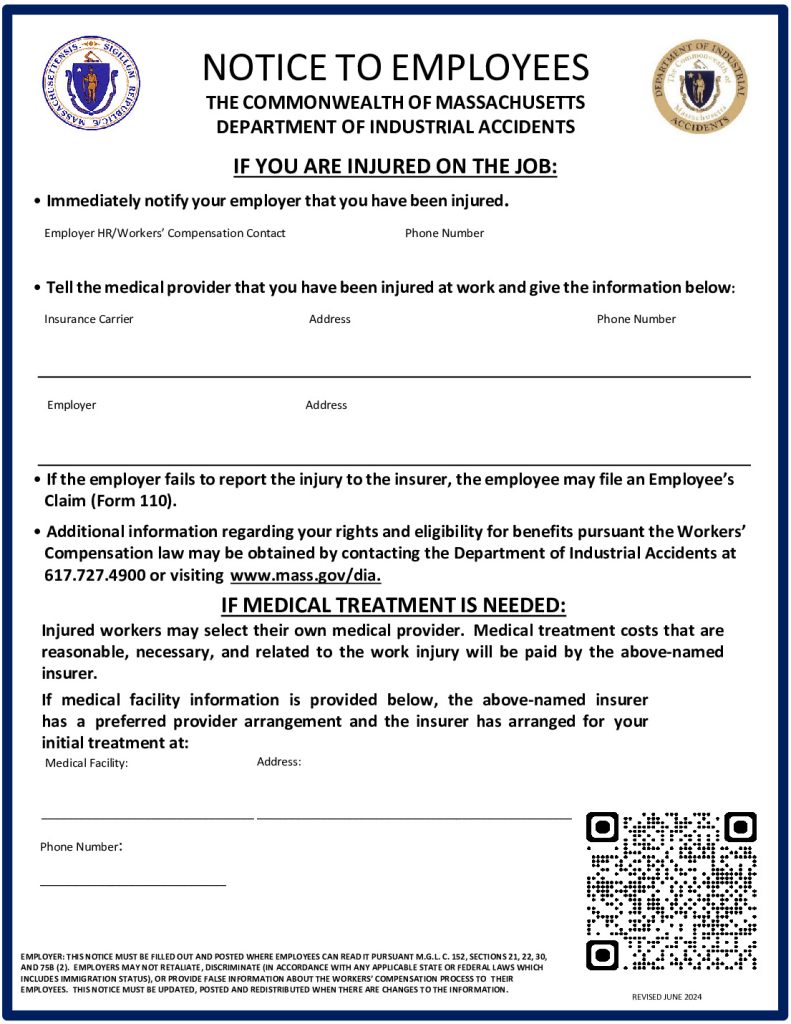
If you were injured at work in Massachusetts and your employer refuses to file an injury report, you are not alone. This situation happens far more often than most people realize. Every week, workers contact our office saying things like:
-
“My boss told me to use my own health insurance.”
-
“HR won’t file the paperwork.”
-
“They don’t believe the injury is serious.”
-
“They told me to take a few sick days instead.”
Here’s the truth:
Under Massachusetts law, your employer must file a First Report of Injury (Form 101) — and if they don’t, you still have the right to receive workers’ comp benefits.
This guide explains exactly what the law requires, why some employers refuse to file the report, and what steps you can take immediately to protect your weekly checks, medical care, and job.
 Boston Workers Compensation Lawyer Blog
Boston Workers Compensation Lawyer Blog





 If you’re hurt on the job in Massachusetts, one of the most stressful moments in your workers’ compensation case is the Independent Medical Examination, commonly called an IME. The workers’ comp insurance company sends you to a doctor who they choose, at a time they choose, for an exam you didn’t ask for.
If you’re hurt on the job in Massachusetts, one of the most stressful moments in your workers’ compensation case is the Independent Medical Examination, commonly called an IME. The workers’ comp insurance company sends you to a doctor who they choose, at a time they choose, for an exam you didn’t ask for. If you’re hurt on the job and receiving workers’ compensation benefits in Massachusetts, there’s a good chance the insurance company will eventually send you a letter telling you to attend something called an IME.
If you’re hurt on the job and receiving workers’ compensation benefits in Massachusetts, there’s a good chance the insurance company will eventually send you a letter telling you to attend something called an IME. If you were hurt at work in Massachusetts and just received a Conciliation Notice from the
If you were hurt at work in Massachusetts and just received a Conciliation Notice from the 
 At Carney, Rezendes & Crowley, LLC, we’ve represented injured Massachusetts workers for decades — including hundreds of construction workers from Boston, Quincy, Brockton, Fall River, New Bedford, Milton, Braintree, Plymouth, Taunton, and Bridgewater.
At Carney, Rezendes & Crowley, LLC, we’ve represented injured Massachusetts workers for decades — including hundreds of construction workers from Boston, Quincy, Brockton, Fall River, New Bedford, Milton, Braintree, Plymouth, Taunton, and Bridgewater.
 In the
In the 
